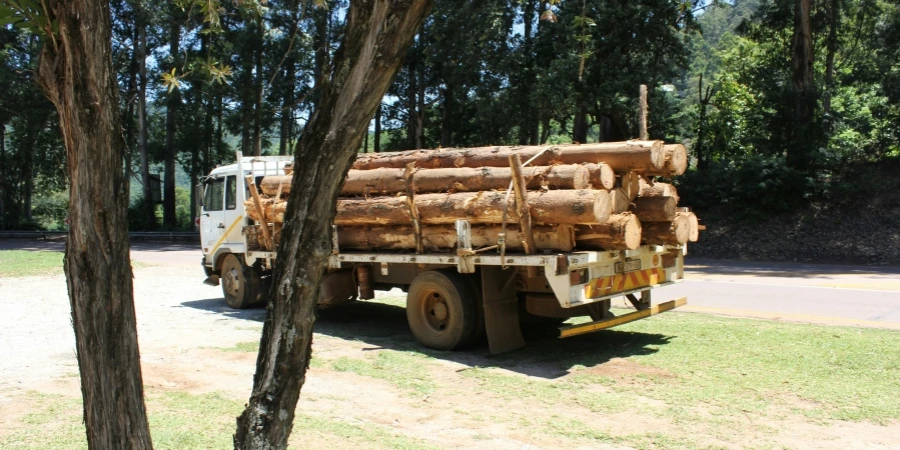Table of Contents
● Introduction
● Market overview
● Different types of high-altitude operation trucks and their features
● Key factors to consider when selecting a high-altitude operation truck
● Conclusion
Introduction
Trucks designed for high-altitude operations are crucial in industries that demand dependable work at elevated levels. They can boost operators’ project efficiency and safety by minimizing downtime. With advancements in technology and design features available today, the versatility and productivity of these trucks have significantly improved. This article aims to give an insight into the market trends, present the types of high-altitude operation trucks available, and highlight considerations to help you select the best-suited model for your requirements.
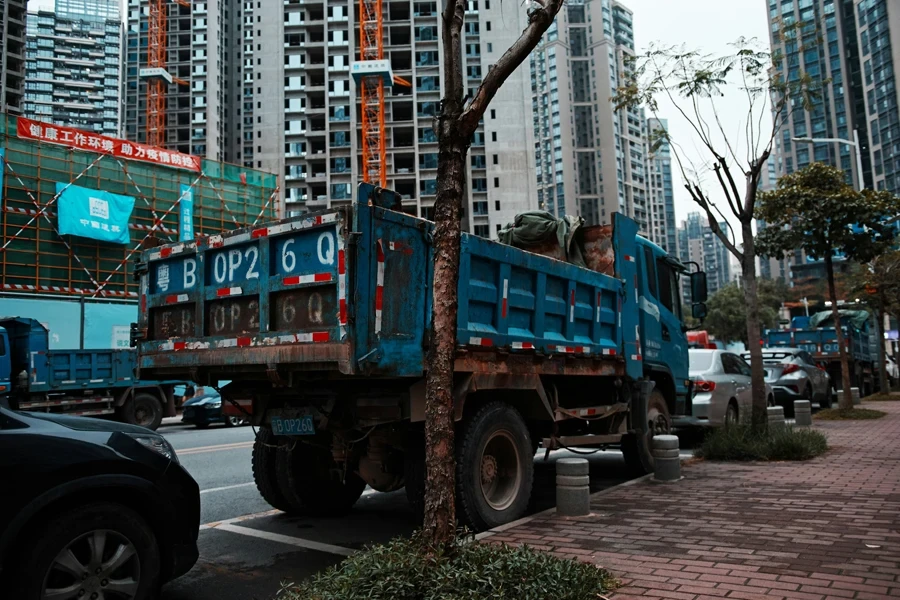
Market overview
In 2023, The worldwide market for high-altitude operation trucks in the aerial work platform (AWP) industry was estimated at around USD 18.55 billion and is projected to increase at a growth rate of 8.9% from 2023 to 2030. The expanding construction industry, quick urbanization, and the rising need for secure aerial work solutions in areas like Asia Pacific fuel the rapid growth. Major industry leaders like Isuzu, Dongfeng, and JMC utilize modern technologies such as cutting-edge systems and electric-powered platforms to cater to the increasing market needs.
Recent market trends indicate a growing preference for AWP models due to their improved agility and lower emissions than internal combustion engine (ICE) models. Electric AWPs are specifically tailored for restricted areas and are predicted to grow significantly. Meanwhile, the scissor lift category remains the market leader with more than 46% global market share in 2022 due to its cost efficiency and versatility. As reported by Grand View Research, boom lifts are expected to experience growth in the coming years as there is a rising need for them in industries such as utilities, tel, communications, and energy projects.
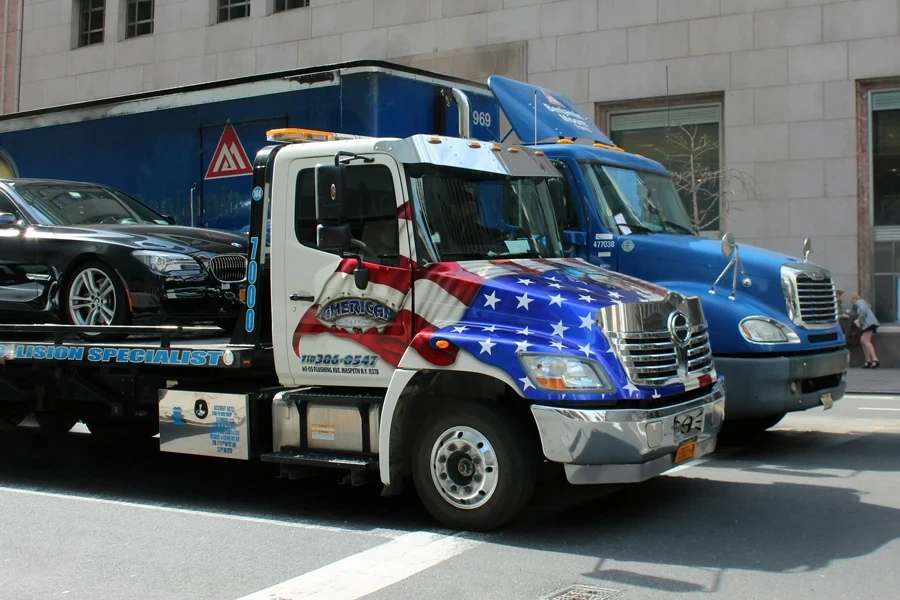
Different types of high-altitude operation trucks and their features
Trucks designed for high-altitude operations are available in various styles suited for specific tasks and come with unique benefits depending on their design and functions.
Manten notes that folding boom trucks are valued for their compact design and agility in navigating city areas. They are equipped with booms that can be folded at different angles, offering versatility in reaching high spots. These trucks are well suited for tasks like maintaining streetlights or landscaping in places with less space for movement. Their compact size and capacity to work in limited spaces make them particularly handy in urban settings.
Telescopic boom trucks are specially crafted for tasks requiring longer reach capability. Some versions can extend up to 50 meters high. These trucks feature booms that stretch outwards and are ideal for construction ventures such as putting up communication towers or working in tall buildings. They provide optimal stability and safety at significant altitudes needed in crucial projects requiring vertical access, as emphasized by CLW Group.
Scissor lift trucks offer stability. Can handle loads exceeding 500kg effectively. They are commonly utilized in maintenance jobs that require lifting in confined spaces. Scissor lifts feature a unique design that allows for elevation without moving horizontally, making them perfect for applications in warehouses, factories, and maintenance areas where a sturdy platform is essential for heavy machinery or workers, as noted by JDF Truck.
Articulated boom trucks are known for their versatility; they can maneuver through complex structures effortlessly. The flexible arm of these trucks can turn at various joints, which enables operators to navigate around obstacles and reach typically inaccessible areas with rigid booms. These vehicles are highly beneficial in tasks such as maintaining powerlines or telecommunications infrastructure where the ability to work around poles or tight spaces with accuracy is crucial, as mentioned by Manten.

Key factors to consider when selecting a high-altitude operation truck
When choosing a high-altitude work truck, you must consider the required height specifications of your project. These specialized trucks cater to a range of elevation requirements starting from 12 meters and going up to heights exceeding 50 meters. For tasks like streetlamp maintenance or small-scale construction projects, trucks with a reach of 12 to 20 meters may be adequate. However, you will require trucks with greater vertical capabilities in endeavors like servicing telecommunication towers or wind turbines. Manten states that telescopic boom trucks reach up to 50 meters long, making them well-suited for high-altitude tasks.
High-altitude operation trucks’ performance and durability are factors to consider when choosing one for tough terrains and weather conditions. ISUZU, Dongguang, and Sinotruc are among the top brands for producing reliable trucks that effectively handle rugged environments. A high-quality truck is key to its long-lasting performance and stability during operations, especially in difficult terrains or challenging weather conditions, as mentioned by experts, at JDF Truck. Having a good chassis is crucial for the truck to handle heavy loads and operate consistently without needing constant repairs.
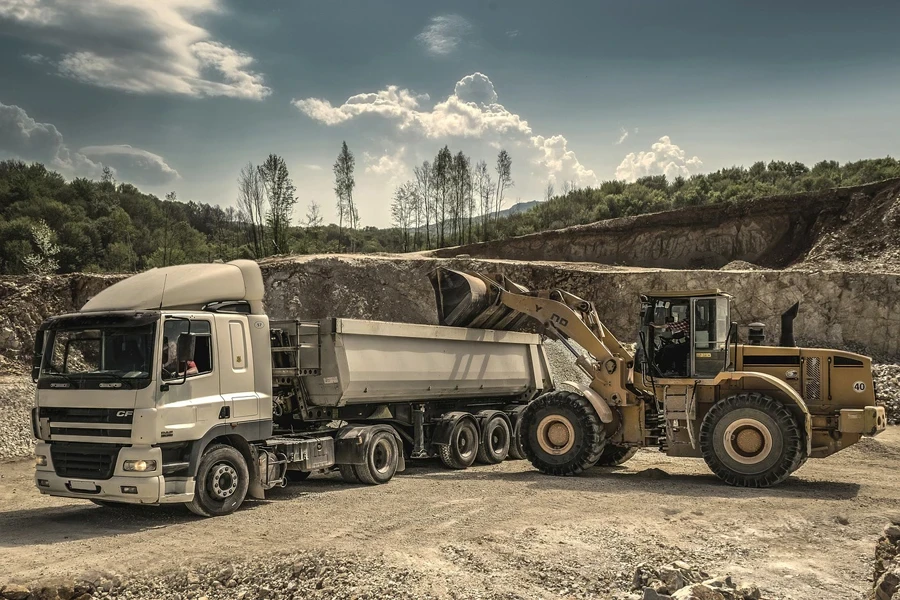
Safety features are paramount in choosing the best truck. Trucks with 360-degree rotation, hydraulic control systems, and automatic leveling offer enhanced stability and ease of use, especially on uneven ground. These features minimize the risk of accidents during high-altitude work by maintaining balance and control. Hydraulic systems, particularly those with advanced safety locks and interlocks between the outriggers and booms, are essential for preventing misoperations and ensuring the safety of both the operator and the equipment, according to Manten.
Lastly and most importantly, budget and upkeep considerations are important because they greatly influence the cost of maintaining a truck in the long run. It’s crucial to look for trucks equipped with fuel-efficient engines and those with access to spare parts requiring minimal hydraulic system maintenance to minimize downtime and operational expenses. As per the CLW Group report, there is a rising preference for electric trucks due to their low emissions and reduced maintenance requirements compared to traditional internal combustion engine vehicles. Moreover, engine type and driving mechanism play a role in determining the truck’s performance levels. When you’re deciding on the drive configuration for a car, whether it’s 6-wheel or 8-wheel, think about the terrain you’ll be driving on. Rough or unpaved roads will call for a vehicle with better traction and control to make your journey smoother and more fuel-efficient.
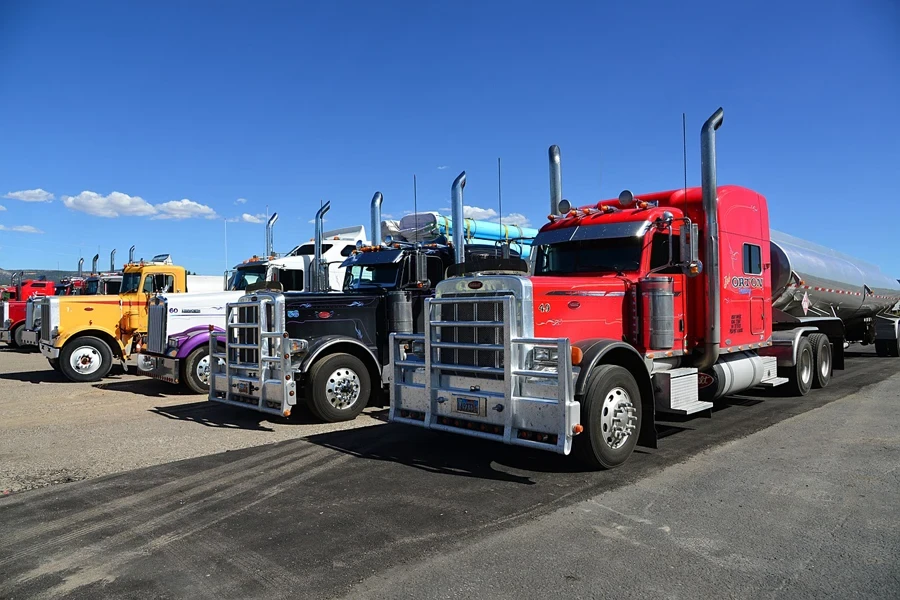
Conclusion
Selecting the ideal high-altitude work truck requires an assessment of your project height specifications, the obstacles presented by the terrain, and your budget. Familiarizing yourself with the variety of trucks on offer and honing in on elements such as the resilience of the chassis and safety features alongside engine setup options will enable you to choose a vehicle that enhances effectiveness while prioritizing workplace safety. Keeping abreast of industry trends and advancements will also aid in making choices that cater to operational needs and future expansion endeavors.
